it's been a while (as usual), but now that thejayfather is gainfully unemployed again, i have some time to catch up on old posts, starting with our cool trip to Korea. i say cool, but what i really mean is cold--very cold. we left Japan a couple of days after Christmas and landed in Seoul during a cold snap that lasted almost exactly as long as we were there. the highest outdoor temperature we experienced was a numbing -4°C, or about 25°F. good thing we'd bought ourselves warm coats in China.

Jill and I outside the Seoul, Korea Temple. don't let the clothes fool you: it was freezing but she made me take off my hat for the picture. below, we kneel below the Munoas and the Greens after a wonderful Sunday dinner at their apartments.

our first order of business was to find the LDS Temple in Seoul, which we did with alarmingly good timing. we happened to make our way inside just in time for the session that was attended by the two missionary couples from the States who were working there. afterward, they volunteered to show us to church on Sunday and then feed us later. we got a very real sense that no matter where we go in the world there are people in the Church who are otherwise strangers that will be your instant friends. we were treated so well by the Munoas and the Greens and hope that we can pass on their kindnesses someday.
of course, Korea isn't all Sunday dinners and rapid socializing; it is a land split down the middle, rent in twain, divided against itself. to hear our Southern tour guides tell it, this division will not stand, but to see the physical split that runs between North and South--the DMZ, our second big destination--you could be forgiven for thinking it might. the actual border is halfway through the four-Kilometer wide De-militarized Zone, the outskirts of which are so heavily armored it seems a bit of a misnomer, and is kind of a no-man's land. Straddling the border is the village of Panmunjeom, where the UN conducts various negotiations between the sides, and just South of there sits Freedom village, where South Koreans are paid ridiculously high tax-free salaries to grow rice. it is supposed to be very good rice, however.

Jill stands on the South side of the DMZ, where hopeful Koreans have hung their wishes for a peaceful reunification with their poor Northern brothers. below, a view across the Zone shows the North's mighty flagpole and a few of the houses in Gijong, their propaganda village.

on the North's side of the great divide there is a large industrial complex and a huge tract of brand new houses--that are completely uninhabited except for the world's most powerful speakers. while the lights in the houses are turned on and off by remote switches to give the appearance that people live there, the speakers blast propaganda across the DMZ 12 hours a day to remind the poor Freedom Village workers of all they're missing out on by staying in the South. defect to the North, they say, and you can finally get an up close look at the world's tallest flagpole. some 160 meters (525 feet) tall, the flag it flies is an immense 275 Kilos (about 600 lbs), the world's largest, which title the South finally decided to stop challenging for a few years ago.
despite the seeming hostility, there remains a great deal of hope, at least on the South side, for reunification. indeed, the division is between governments, not people, and many on either side have relatives on the other. signs of this hope abound, like a spanking new railway line and station that we visited, and a shiny blacktop highway stretching far into the North which has been slowly opening up cross-border commerce since it was finished. but the omnipresent military police with their blockades and passport checks bring you back to the realities of the current situation. part of our tour was to go down in one of the six "infiltration tunnels" that soldiers from the North have tried to dig over the years, a pretty sobering experience given the number of troops that would have been able to move through there. also, across several of the roads back to Seoul stand what look like very tall bridges to nowhere. the "bridge" tops are around eight feet high and packed with explosives that will be blown if North Korean troops ever do make it across the Zone. the resulting wreckage of concrete that will be strewn across the roads is supposed to slow down an advancing army, giving Seoul up to an extra hour to prepare for its defense.
and Seoul needs to be defended; it's a huge city with about 10 million people in its metropolitan area. we spent our time there wandering among them in the (still freezing cold) markets and down their quite beautiful city canals and walkways, and of course at the obligatory palaces and temples.

Gyeongbokgung Palace views, clockwise from top left: the main gate; period costumed "soldiers" stand guard at the gate; the five-tiered square pagoda housing the National Folk Museum; and the impressive island Gyeonghoeru Pavilion. fortunately for me, i wasn't required to remove my hat for this picture--did i mention it was cold!
the one pictured above is Gyeongbokgung, the imperial palace, which is a vast and a very nice complex. it seems Korean traditional buildings borrow heavily from the design of their Chinese counterparts, but tend to favor green paint to blue. that was the main difference i detected, anyway. still, it was a nice site, well maintained and considerably cheaper than most of the stuff in Japan; plus, they had a bunch of guys dressed up in traditional guard costumes who even marched around a bit every ten minutes or so. they looked very authentic until i realized that what i had taken for a runny nose due to the cold was actually glue to hold on a fake moustache. i guess it doesn't pay to get too close.
anyway, we had a great time in Korea. it was pretty relaxed and a nice break from crappy work here in Japan. and besides, i've never felt so wealthy:

me with our foreign exchange hordes. these are Korean Won 10,000 notes, which are the highest denomination available and are roughly the equivalent of US $10. good thing stuff isn't too expensive here, or you'd really have a fat wallet. below, Jill points the way back home, just a short two-hour flight to Japan.


Jill and I outside the Seoul, Korea Temple. don't let the clothes fool you: it was freezing but she made me take off my hat for the picture. below, we kneel below the Munoas and the Greens after a wonderful Sunday dinner at their apartments.

our first order of business was to find the LDS Temple in Seoul, which we did with alarmingly good timing. we happened to make our way inside just in time for the session that was attended by the two missionary couples from the States who were working there. afterward, they volunteered to show us to church on Sunday and then feed us later. we got a very real sense that no matter where we go in the world there are people in the Church who are otherwise strangers that will be your instant friends. we were treated so well by the Munoas and the Greens and hope that we can pass on their kindnesses someday.
of course, Korea isn't all Sunday dinners and rapid socializing; it is a land split down the middle, rent in twain, divided against itself. to hear our Southern tour guides tell it, this division will not stand, but to see the physical split that runs between North and South--the DMZ, our second big destination--you could be forgiven for thinking it might. the actual border is halfway through the four-Kilometer wide De-militarized Zone, the outskirts of which are so heavily armored it seems a bit of a misnomer, and is kind of a no-man's land. Straddling the border is the village of Panmunjeom, where the UN conducts various negotiations between the sides, and just South of there sits Freedom village, where South Koreans are paid ridiculously high tax-free salaries to grow rice. it is supposed to be very good rice, however.

Jill stands on the South side of the DMZ, where hopeful Koreans have hung their wishes for a peaceful reunification with their poor Northern brothers. below, a view across the Zone shows the North's mighty flagpole and a few of the houses in Gijong, their propaganda village.

on the North's side of the great divide there is a large industrial complex and a huge tract of brand new houses--that are completely uninhabited except for the world's most powerful speakers. while the lights in the houses are turned on and off by remote switches to give the appearance that people live there, the speakers blast propaganda across the DMZ 12 hours a day to remind the poor Freedom Village workers of all they're missing out on by staying in the South. defect to the North, they say, and you can finally get an up close look at the world's tallest flagpole. some 160 meters (525 feet) tall, the flag it flies is an immense 275 Kilos (about 600 lbs), the world's largest, which title the South finally decided to stop challenging for a few years ago.
despite the seeming hostility, there remains a great deal of hope, at least on the South side, for reunification. indeed, the division is between governments, not people, and many on either side have relatives on the other. signs of this hope abound, like a spanking new railway line and station that we visited, and a shiny blacktop highway stretching far into the North which has been slowly opening up cross-border commerce since it was finished. but the omnipresent military police with their blockades and passport checks bring you back to the realities of the current situation. part of our tour was to go down in one of the six "infiltration tunnels" that soldiers from the North have tried to dig over the years, a pretty sobering experience given the number of troops that would have been able to move through there. also, across several of the roads back to Seoul stand what look like very tall bridges to nowhere. the "bridge" tops are around eight feet high and packed with explosives that will be blown if North Korean troops ever do make it across the Zone. the resulting wreckage of concrete that will be strewn across the roads is supposed to slow down an advancing army, giving Seoul up to an extra hour to prepare for its defense.
and Seoul needs to be defended; it's a huge city with about 10 million people in its metropolitan area. we spent our time there wandering among them in the (still freezing cold) markets and down their quite beautiful city canals and walkways, and of course at the obligatory palaces and temples.

Gyeongbokgung Palace views, clockwise from top left: the main gate; period costumed "soldiers" stand guard at the gate; the five-tiered square pagoda housing the National Folk Museum; and the impressive island Gyeonghoeru Pavilion. fortunately for me, i wasn't required to remove my hat for this picture--did i mention it was cold!
the one pictured above is Gyeongbokgung, the imperial palace, which is a vast and a very nice complex. it seems Korean traditional buildings borrow heavily from the design of their Chinese counterparts, but tend to favor green paint to blue. that was the main difference i detected, anyway. still, it was a nice site, well maintained and considerably cheaper than most of the stuff in Japan; plus, they had a bunch of guys dressed up in traditional guard costumes who even marched around a bit every ten minutes or so. they looked very authentic until i realized that what i had taken for a runny nose due to the cold was actually glue to hold on a fake moustache. i guess it doesn't pay to get too close.
anyway, we had a great time in Korea. it was pretty relaxed and a nice break from crappy work here in Japan. and besides, i've never felt so wealthy:

me with our foreign exchange hordes. these are Korean Won 10,000 notes, which are the highest denomination available and are roughly the equivalent of US $10. good thing stuff isn't too expensive here, or you'd really have a fat wallet. below, Jill points the way back home, just a short two-hour flight to Japan.






































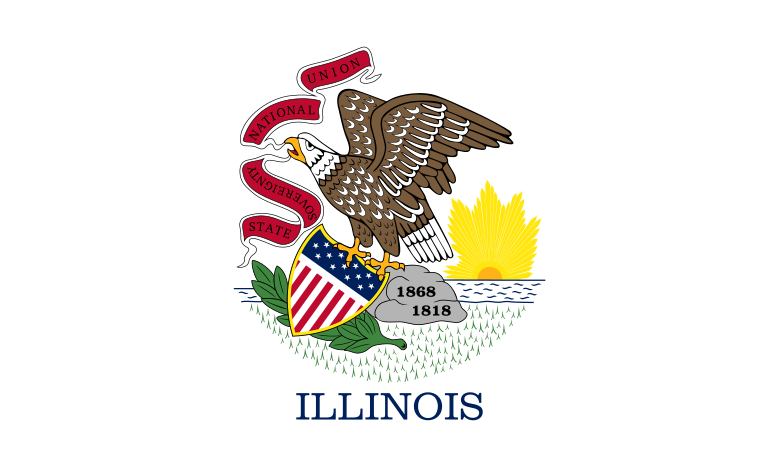




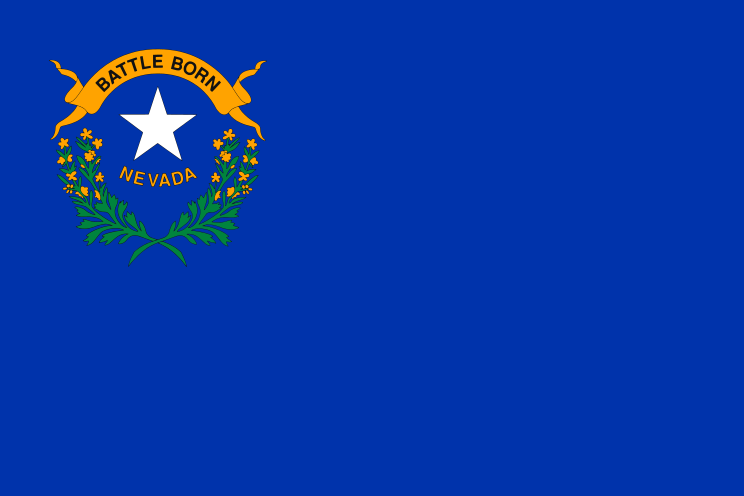




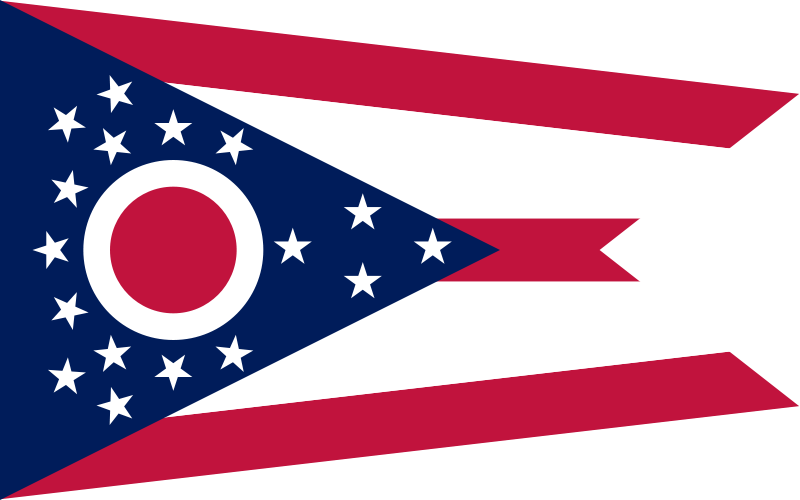

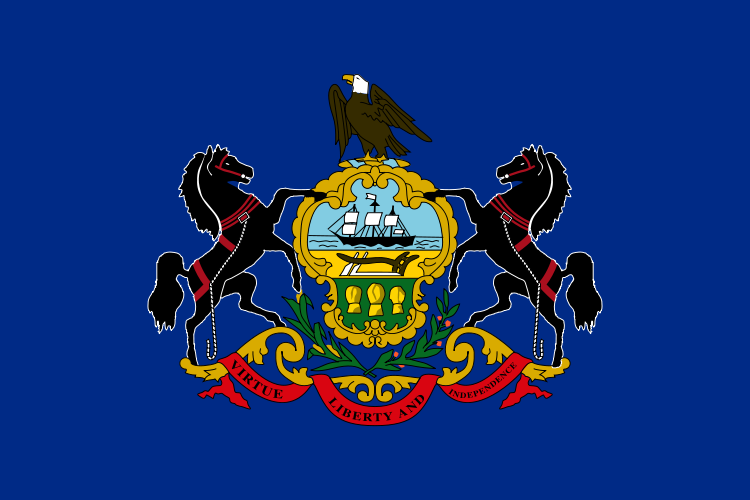





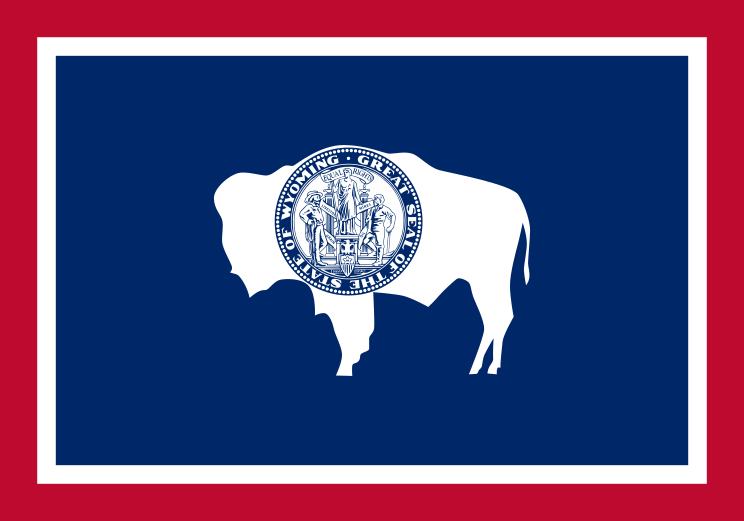
No comments:
Post a Comment